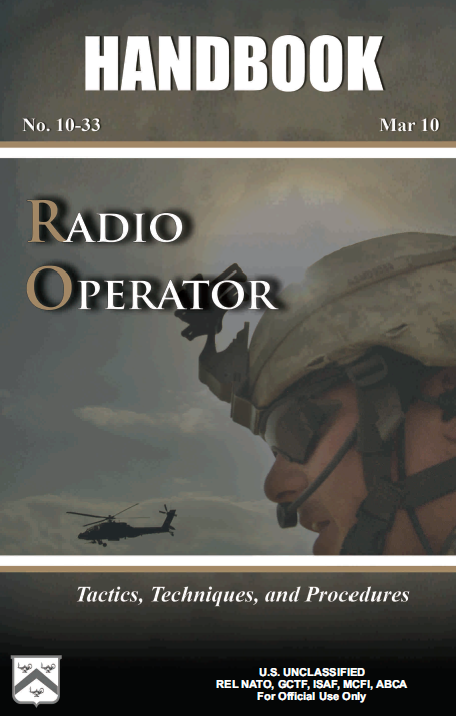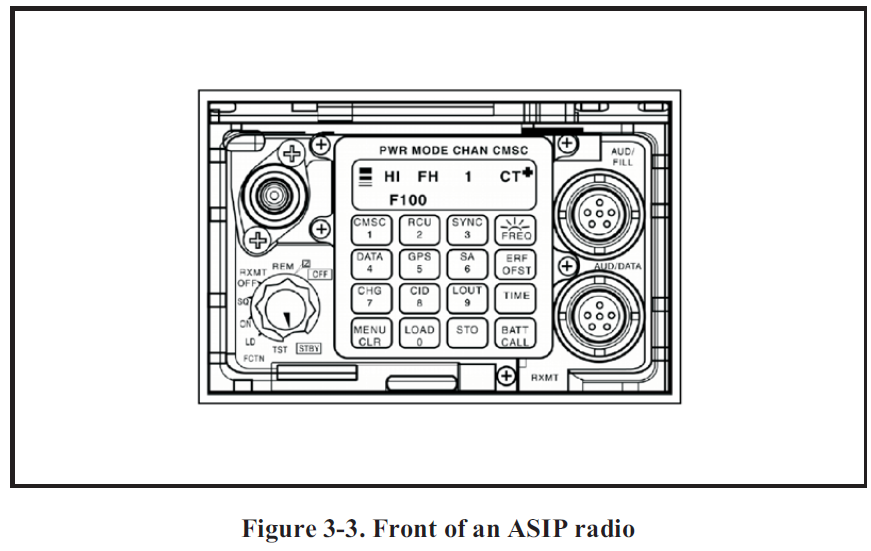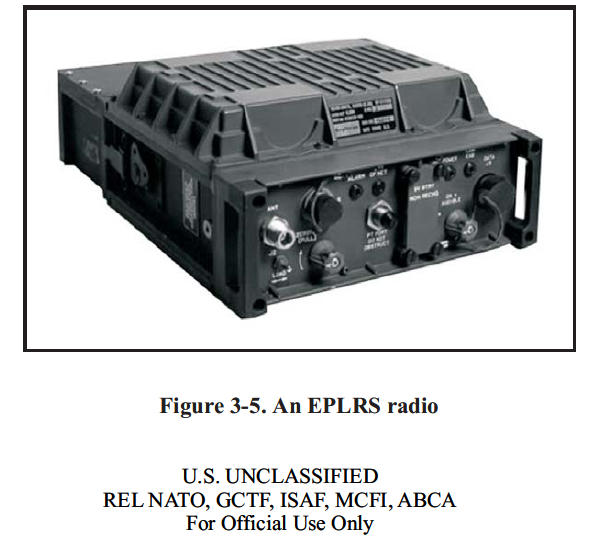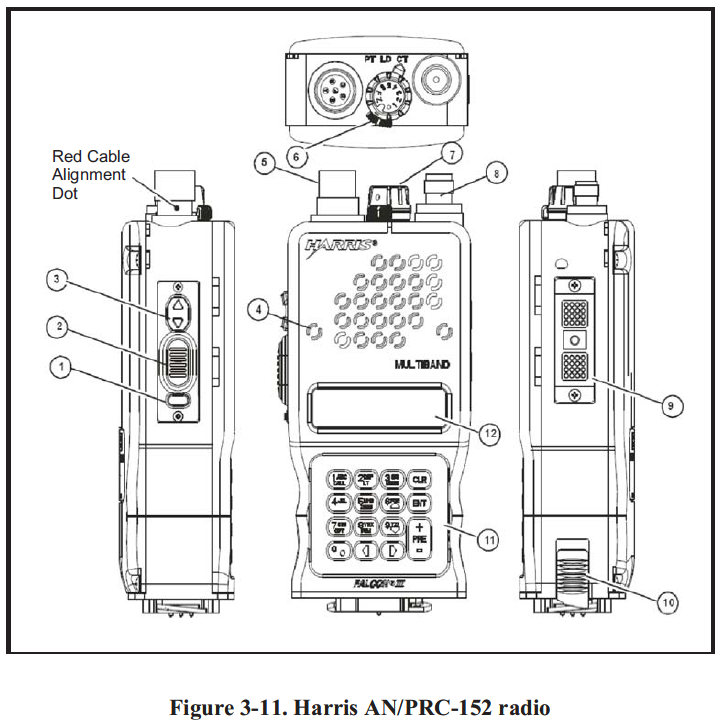 Center for Army Lessons Learned (CALL)
Center for Army Lessons Learned (CALL)
- 196 pages
- For Official Use Only
- REL NATO, GCTF, ISAF, MCFI, ABCA
- March 2010
The unit radio operator (RO) provides platoon- to brigade-level maneuver leaders a command and control capability that is critical to mission success. The RO is more than a Soldier who carries the radio for the commander, serves as the commander’s driver, or provides the commander personal security, although he often serves in these functions. The RO is the commander’s tactical information manager. The process for selecting and training an RO varies widely and is based on the role the unit commander intends the RO to perform; however, there are common factors that every maneuver RO should possess in order to enable effective unit command and control.
Unit commanders should consider the following factors when selecting, training, and employing their ROs. ROs should:
• Be able to competently apply the four principles of providing effective communications: plan, manage, train, and maintain.
• Be able to obtain and maintain a Secret security clearance.
• Be able to receive a message and communicate it effectively.
• Be proficient in both traditional analog (map and compass and azimuth and pace count) and enhanced digital-enabled (blue force tracking [BFT], Precision Lightweight Global Positioning System Receiver, and/or Force XXI battle command—brigade and below [FBCB2]) land navigation skills).
• Be in outstanding physical condition, especially if the unit conducts dismounted operations for any length of time. The added weight of the communication equipment and supplies increases the difficulty of movement.
• Be technically proficient in the operation of all required communications systems and understand the limitations of that equipment. A dismounted RO must be proficient with secure frequency modulation, tactical satellite, and high-frequency radios. The RO must also be proficient with BFT and/or FBCB2 terminals, as most command vehicles and some lift aircraft have these systems.
• Understand the ranges and limitations of the communication equipment. Know and apply employment techniques (such as positioning) and field expedients (such as long-wire antennas) to mitigate the limitations imposed by the environment. Operating in a dense urban environment, traversing long distances and/or mountainous terrain, or inclement weather can degrade communication range capabilities.
…



